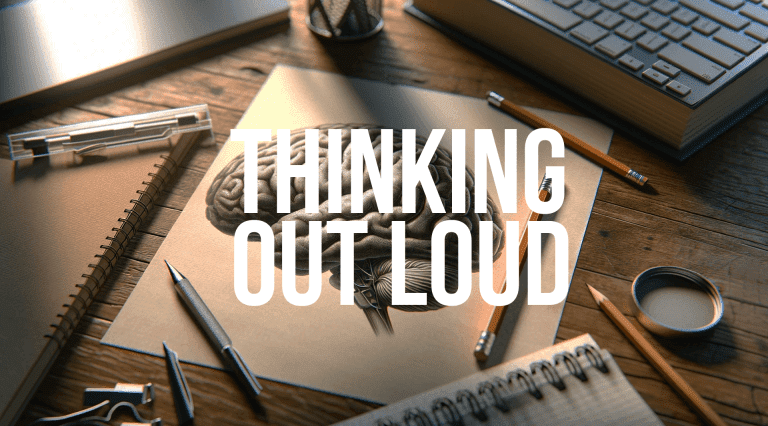Every September, thousands of artists, scientists, technologists, businesspeople and government types from around the world gather in Austria to explore how technology impacts the planet and society.
Dubbed the Festival of Art, Technology and Society, Ars Electronica in Linz is, for a week in September, the centre of the digital universe.
As part of an industry that, I think, can be a little parochial and deferential to advertising (the Cannes Festival is our ultimate creative benchmark, after all), I was both fascinated and slightly terrified by what I found.
First, the fascination.
The sheer number of exhibitors, technologies and ideas on show dwarfs those knocking around the likes of Cannes. In fact, if Cannes is about celebrating the best creative from ad agencies, Ars is about celebrating ideas and technologies which are likely to change the course of creativity on a different level. It felt like a new (digital) renaissance of sorts.
The technologies on show in Linz are yet to go mainstream but are mostly operational. They had tech that allows you to game with your brain (and that reads and displays your thoughts), oribotics (look it up), robots communicating with plants and animals, AI therapists, and an abundance of eco-tech – from tea scum used to make speakers to epic visualisations of pollution and climate decline. It even had AI that had written (and developed a syllabus for) an entire Martian language.
In an era where floating virtual things down the Thames and putting AI eyelashes on Tube trains is celebrated as cutting edge one week and pilloried the next as passé, we need to get much better at having our fingers on the tech pulse – and that pulse doesn’t belong to advertising creatives, it belongs to artists, scientists and technologists. Also, we shouldn’t rely on production companies to keep us informed – it’s our job now.
Second, the terrors.
Underpinning the innovation was the overriding theme of the event: who owns the truth?
Discredit of mainstream media and ‘fake news’ is now so familiar there was a board game displayed (ages 14+) whose aim was to turn around a magazine accused of fakery that was under threat of insolvency.
Current AI and visual tech are more than capable of turning the fictional near-futures of Mission Impossible: Dead Reckoning and the BBC’s Capture (if not The Manchurian Candidate) into reality, with seismic implications for an industry whose job is protecting and promoting brand truths.
As PRs, we’re in the eye of a ‘fake news’, media distrust and deepfake storm and we won’t come out by being introspective.
We’ll come out by looking up, getting out more and embracing this new ‘digital renaissance’, by using cutting-edge technology to keep brands safe and by using that same technology to help clients creatively stand out from the Luddite herds.
The technology I saw in Linz gives us all the tools we need to do this creatively, effectively and in ways that will drive our industry forward. We ignore it at our peril.
Adam Mack, Strategy Director at Hope&Glory. This piece originally appeared on PR Week




